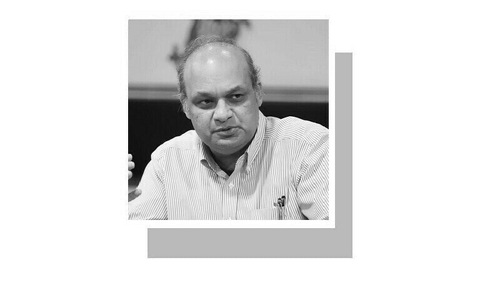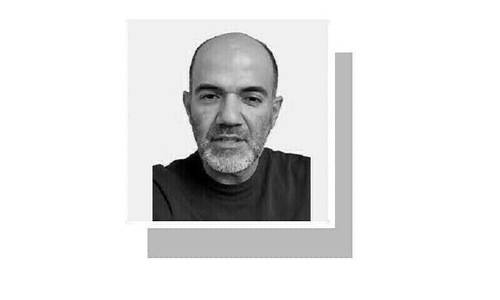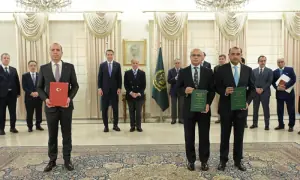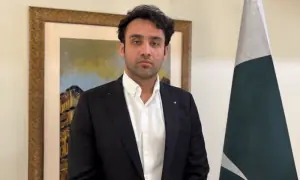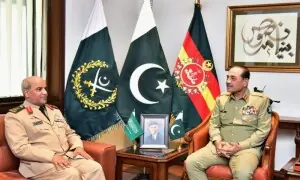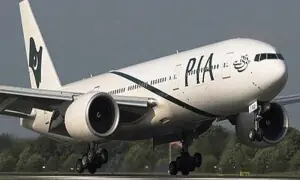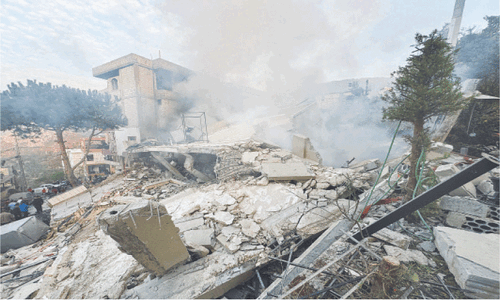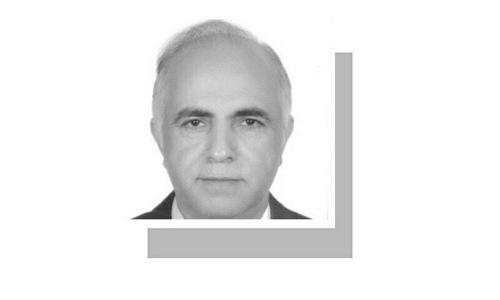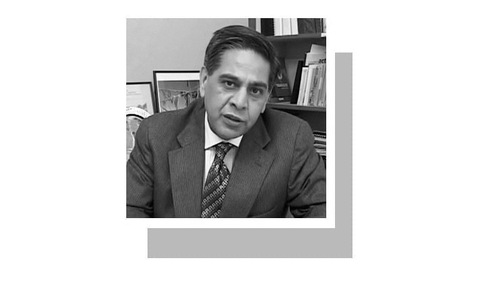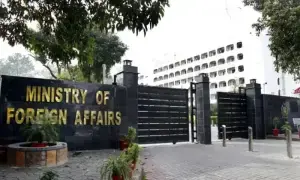PAKISTAN’S western border has been famously porous through much of the country’s history. But flows of migrants intensified from the 1970s onwards, as Pakistan formally played host to Afghans fleeing turmoil, conflict and dictatorial regimes.
At the height of the Soviet occupation, in 1986-87, there were an estimated three million Afghans resident in Pakistan as per UNHCR (the UN refugee agency) and government data. There were no serious efforts to repatriate Afghans till 2002, when the government of Pakistan began to work with UNHCR to encourage Afghans to return to what was then perceived as a stable environment.
The repatriation effort gathered steam after Pakistan started closing down refugee camps in 2005, and the distribution of rations, etc, stopped. However, the reverse flows began to peter out after the Taliban resurgence of 2007-08. In 2021, according to Nadra, there were 2.8m Afghans in Pakistan; 1.6m of whom hold Proof of Registration (POR) cards identifying them as having been registered with the UNHCR. The rest hold ACCs or Afghan Citizen Cards, a form of documentation launched in 2017 to cover Afghan migrants who were essentially undocumented.
Notwithstanding the relatively recent (POR card issuance did not begin till 2006) efforts to document the number of Afghans in Pakistan, there is little doubt that the numbers do not tell the full story. A census of Afghan refugees was not held till 2005, 26 years after the larger flows began. From 1979 to 2005, numbers were estimated based on discussions with tribal elders and household heads, who were asked to state how many family members or dependents they had with them. These numbers were supposed to determine the volume of rations given out, and were almost certainly exaggerated.
In spite of the integration of Afghans into Pakistan’s economy, the official policy is to treat them as temporary residents.
In subsequent years, as families settled in and grew; and more marriages and births took place, this initial (likely) exaggeration was almost certainly offset, however. The census of 2005 did not reach many Afghans who were scared of talking to the authorities and preferred to lie low. Meanwhile, inflows and outflows continued over the years (the border fencing project did not begin till 2016), many Afghans acquired Pakistani citizenship papers, many children were born who have never known any country other than Pakistan.
With more than 40 years having passed since the Soviet invasion, the concept of who is Afghan has become fuzzy to say the least. This is a natural consequence of a policy where Pakistani authorities were initially a) reluctant to count exact numbers coming in from Afghanistan; and b) reluctant to confine them to camps. In fact, the latter was impossible given the tribal, familial, linguistic and religious links with the local population, particularly in the border regions.
There are other factors also which preclude the classification of the Afghan community in Pakistan as refugees in the strict sense of the term. Refugees are formally defined (as per international law) as people who cannot go back to their homeland for fear of persecution or death. However, Afghans had been moving back and forth across the border with few restrictions from the late 1970s till 2016-17. Many of those who came to Pakistan as refugees, and have been resident here for years, have also made frequent trips back to visit relatives, get married, check up on land and property, etc. Until recently, it was not a problem to cross the border using the POR card, or the Afghan tazkira, or indeed nothing at all.
In spite of the obvious integration of Afghans into Pakistan’s economy, notably their presence in transport and logistics; construction, retail and wholesale trade, and the food business to name just a few, Pakistan’s official policy is to treat them as temporary residents. Afghans are not allowed to own property or businesses. Until recently, they were not allowed to open bank accounts (this only changed in 2020) or have cellphone SIMs registered in their names. They were not allowed to hold driver’s licences — a fact that leaves one incredulous given that they were clearly running a significant portion of the cross-country freight business. In fact, Afghans have done everything that they have officially been barred from, by circumventing official protocols and using informal economic networks to their advantage. This was inevitable given the extended stays in this country, and the societal/linguistic links.
Pakistan is not a signatory to the Refugee Convention of 1951, or the accompanying Protocol of 1967. The government of Pakistan says that it has actually given the Afghans many facilities above and beyond what the convention stipulates. This can be debated. But what is true is that Pakistan, in spite of hosting a large migrant/refugee population for over 40 years, has not developed a comprehensive policy on what to do with migrants.
Pakistan adheres to international law in that it does not practise forcible repatriation, at least officially. But there are still too many unanswered questions. Why is there no path to citizenship, and what purpose does it serve to not have one? Why were people allowed to freely move around in the country and settle here, yet not allowed to legally work or run businesses or own property? How can one facilitate students to take examinations when their parents do not have the requisite citizenship or refugee status documentation?
It is important to start working on these issues. It does not serve the larger interests of the state or society to host a large population that is overlooked by social services or social protection systems, is not documented and is perpetually vulnerable to the whims of law enforcement and security agencies. The recent protests by Afghan migrants in Islamabad must be taken notice of, and a clear policy enacted.
The writer works on economic policy and governance issues.
Published in Dawn, July 29th, 2022



